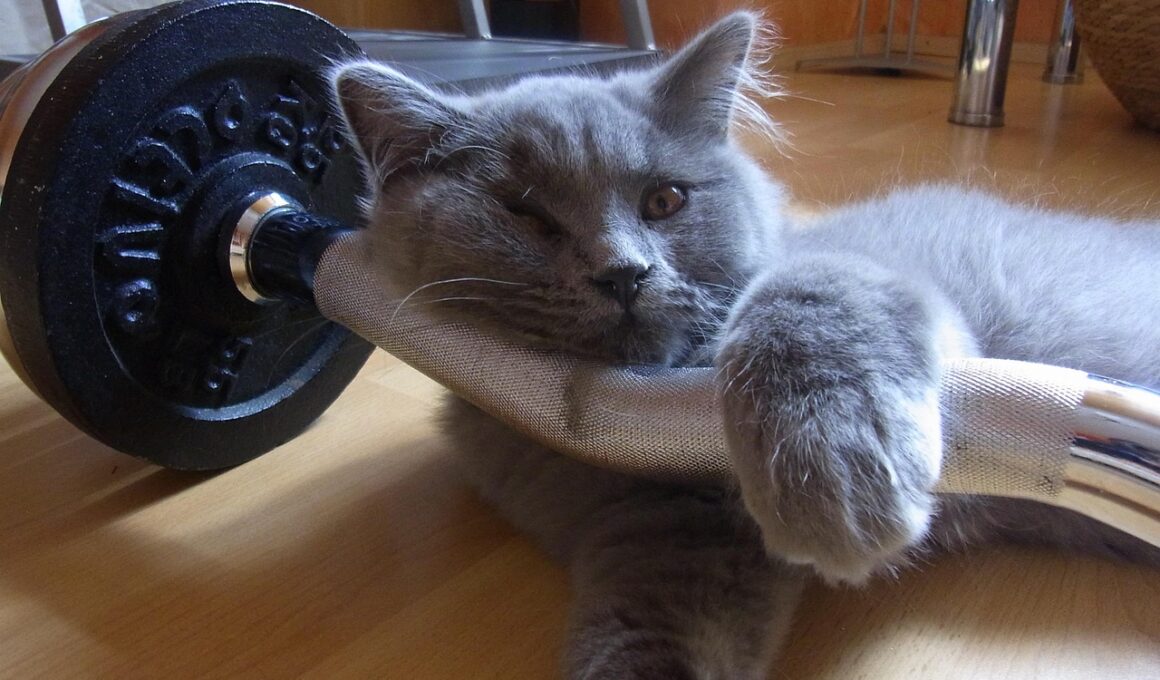Understanding Cat Personalities
When training cats to respond to voice commands, it is critical to consider their unique personalities. Cats exhibit various traits such as independent, curious, or affectionate. For instance, a curious cat may be more responsive to commands due to its natural inclination to explore its environment. On the other hand, an independent cat may simply choose to ignore commands altogether. To successfully train your cat, observe its behavior during various interactions and note the characteristics that define it. A few common personality types include:
- Active Cats: These cats thrive on movement and play, making them ideal candidates for training.
- Sensitive Cats: They respond well to gentle tones and patience.
- Laid-back Cats: These require a relaxed training atmosphere.
- Shy Cats: Use caution and positive reinforcement to build trust.
Understanding your cat’s persona will enable you to tailor your commands, making them more effective and enjoyable for your pet. Always remember, training is a two-way street involving patience and observation to ensure positive outcomes.
Adjusting Your Tone
Adjusting your tone of voice during training sessions can significantly impact a cat’s response. Cats are keen listeners and can pick up on the tone of your voice, which indicates how they should respond to commands. For instance, a high-pitched, enthusiastic tone often encourages cats to engage and respond positively, whereas a low, stern tone may scare or confuse them. It’s essential to exhibit consistency in your tone; this helps your cat understand what you expect from them. When using commands like “come here” or “stay”, try to maintain the same pitch and volume each time. In terms of rewards, a gentle reinforcement, such as a soft voice along with treats, can build a bridge between your commands and their actions. Depending on your cat’s personality, this connection can take time to establish. Therefore, be patient and persistent. Here are some tips on utilizing effective tones:
- Use a joyful tone to encourage correct responses.
- Maintain calmness to reduce anxiety.
- Vary your tone for different commands.
Finding the right balance will ensure your cat remains engaged and motivated.
Positive reinforcement plays a vital role in training cats to respond to voice commands. When your cat successfully follows a command, it is crucial to offer immediate praise or a reward, such as treats or affection. This encourages them to repeat the desired behavior. However, each cat is unique; thus, the type of reinforcement should be tailored based on your cat’s preferences. Some cats might respond better to verbal praise, while others are more motivated by treats or toys. Establishing a reward system can make training more effective. Consider observing your cat’s responses to various rewards to determine what drives its behavior. Here are some effective ways to use positive reinforcement:
- Timing: Reinforce immediately after the command is followed.
- Consistency: Use the same reward for specific commands.
- Short Sessions: Limit training sessions to avoid fatigue.
- Variety: Keep rewards varied to maintain interest.
With patience and understanding of your cat’s needs, you can foster a loving environment conducive to learning. Creating a consistent training routine aids in mastering commands over time.
Sometimes, a training approach simply does not suit certain cat personalities. Cats need to live in an environment where they feel safe and comfortable. Therefore, it is advisable to switch training techniques if your current method isn’t yielding positive results. Some cats learn better through play-based training, using toys instead of traditional commands. For example, rather than saying “sit”, you might want to lure them with a wand toy. Another effective method is clicker training, which utilizes sound to signal correct behavior followed by positive reinforcement. Consider consulting a professional cat trainer if you’re uncertain about how to adapt your techniques. Adapting involves recognizing when to change tactics based on the cat’s personality and behavior. Here are a few crucial adjustments to consider:
- Incorporate play to enhance engagement.
- Use visual cues to accompany voice commands.
- Shorten command phrases for clarity.
By being flexible and observant, you’ll discover methods that resonate with your cat’s personality. Training may take time, but understanding your cat will go a long way in fostering obedience and mutual respect.
Building a Connection
An important aspect of training your cat to respond to voice commands is establishing a strong bond between you and your pet. Building trust and connection paves the way for effective training. The more your cat feels secure with you, the more willing it will be to respond positively to your commands. Spend quality time playing, grooming, and cuddling with your cat so it can learn to associate your voice with comfort and safety. Use low-stress environments for training sessions, as distractions may hinder your cat’s ability to focus. You can further strengthen your bond by ensuring that all interactions are enjoyable rather than punitive. Here are some strategies to enhance your bond:
- Offer gentle praise consistently.
- Maintain a calm atmosphere during training.
- Engage in joint activities beyond training.
Your efforts to connect will pay off as your cat learns to recognize your voice as a source of guidance and assurance. Proceed with patience and gentle reinforcement so that you can forge an everlasting relationship through training.
Monitoring your cat’s physical and emotional reactions during training is essential. Cats, like humans, can experience stress, anxiety, or frustration. Recognizing these signs can help you adjust your training methods accordingly. Look for indicators such as flattened ears, a twitching tail, or hiding as signs that your feline might be overwhelmed. It remains crucial to adapt your commands based on their reactions. For example, a training session that pushes a cat too far might discourage them from attempting a command in the future. Adjusting the intensity and length of training sessions can make all the difference. Consider these crucial pointers for monitoring as training progresses:
- Pay close attention to body language.
- Be prepared to calm and reassure.
- Take breaks and don’t rush learning.
Furthermore, always allow your cat to take the lead in training. Giving them the freedom to pace themselves can lead to a more favorable training experience. With the right approach, training can be a rewarding journey for both of you.
Lastly, you may incorporate environmental cues alongside voice commands to enhance your cat’s learning process. Environmental cues can include visual signals or specific sounds that the cat associates with each command. For instance, using a specific hand gesture while saying “come here” reinforces the command visually. Incorporating playtime as another reinforcement encourages the cat to associate fun with learning. It is imperative that you use consistency when introducing these cues. Maintain the same visual signals for commands to ensure your cat remains aware of expectations. Gradually, your cat will understand that complying with the voice command leads to enjoyable experiences. Here are several effective environmental cues:
- Use distinct gestures aligned with commands.
- Employ specific sound effects that signify actions.
- Keep training locations familiar and reassuring.
Using environmental cues can also ease transitions in different environments where you may want your cat to respond correctly to commands. In doing so, you create a well-rounded training regimen that accommodates various aspects of your cat’s learning style.
Conclusion
In conclusion, adjusting voice commands for different cat personalities is essential for successful training. Understanding your cat’s unique traits, preferences, and behaviors will help you establish effective communication through voice commands. The balance of positive reinforcement, tone adjustments, and environmental cues plays a significant role in shaping a learning experience that is fulfilling for both you and your cat. Remember that patience and consistency are key to achieving positive outcomes over time. Monitor your cat’s reactions and adapt your training accordingly while building a solid connection based on trust and positive experiences. Training can be seen as a bonding experience rather than a chore; embracing this role will ensure smoother interactions. Consider seeking additional resources or professional training when necessary to maximize success. With dedication and understanding, you can teach your cat to respond to commands, creating a harmonious environment that reflects the unique bond you share. A well-trained cat will not only respond to commands but will also thrive from the affectionate relationship you establish through training efforts.


